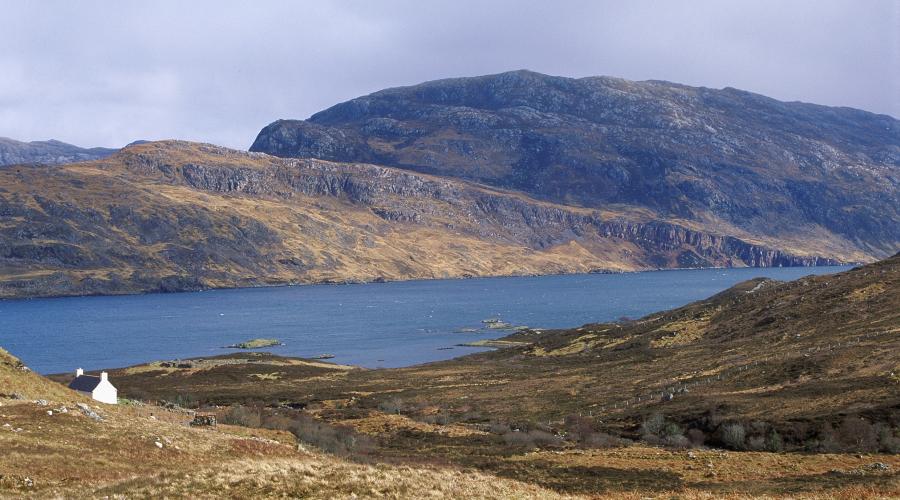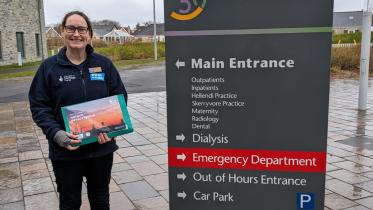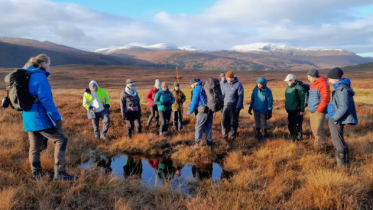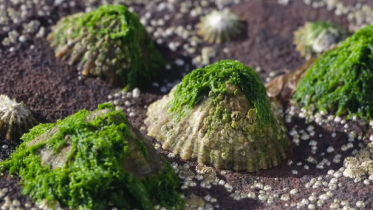
Scandian Event
This second stage of the Caledonian Orogeny mountain-building event mainly affected the Northern Highlands.
The Scandian Event occurred when Baltica (Scandinavian Europe) collided with the foundations of the Northern Highlands about 440 million years ago.
The Scandian Event:
- pushed the Northern Highlands westwards onto the foundations of the North-west Seaboard
- formed the hard metamorphic Moine rocks, which were originally layers of sea floor sediment
- started the process of sideways movement that eventually brought the Northern Highlands and Grampian Highlands together
The movement westwards occurred along both:
- shear zones – i.e. zones of shearing in the rock mass
- brittle fractures or faults
The shear zones – sometimes known as slides – can still be traced in the Moine rocks of the Northern Highlands.
Moine Thrust Belt
The Moine Thrust Belt (or Moine Thrust Zone) contains the most significant brittle faults associated with the Scandian Event. It is the most westerly area where rocks affected by the Scandian Event occur.
The Moine Thrust itself marks the western extent of the Moine rocks and thus the edge of the Northern Highlands. But as the Moine rocks were pushed over the rocks of the North-west Seaboard along the Moine Thrust, the rocks below were dragged along with them.
As a result, these rocks at the edge of the North-west Seaboard were fractured by large faults and, in some cases, altered by heat and pressure. The Moine Thrust Belt is this zone of faulting below the Moine Thrust, which is now exposed to the west of the Moine Thrust by erosion.
Lateral movements
The Northern Highlands were pushed westwards in the main phase of the Scandian Event. Next came a phase of lateral movement along faults, including the Great Glen Fault and the Walls Boundary Fault in Shetland.
This began the process of bringing together the merged North-west Seaboard and Northern Highlands with the Grampian Highlands.
Lateral movements most likely continued until about 410 million years ago, by which time the Northern Highlands and Grampian Highlands had joined.
Molten rock
Molten rock formed and pushed its way into the deformed rocks of the Northern Highlands both during and after the Scandian Event.
Masses of cooled molten rock – known as igneous intrusions – aren’t as abundant in the Northern Highlands as they are in the Grampian Highlands.
The area’s largest igneous intrusions occur around:
- Strontian
- Strath Halladale
- Helmsdale
Find out more about the geological foundations of the Northern Highlands.






